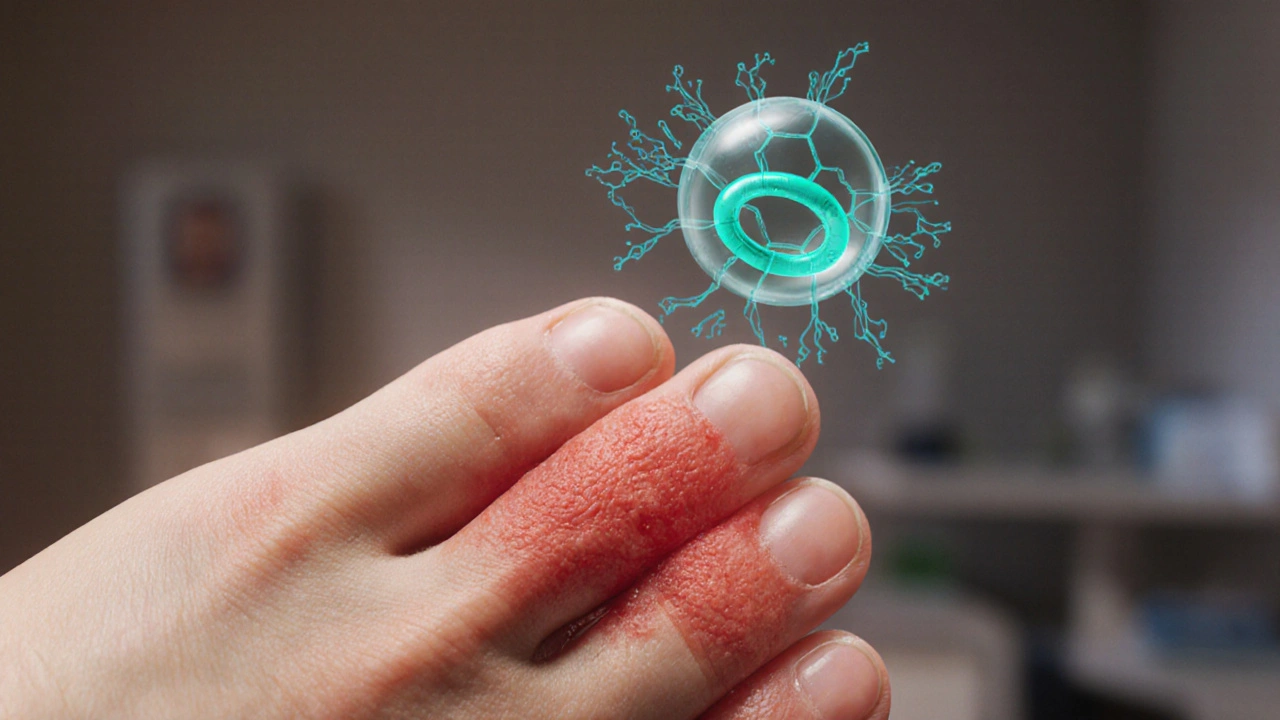Gout Medication: What You Need to Know
When you’re looking at gout medication, any drug that reduces uric acid or eases the pain of a gout attack. Also known as gout drugs, it plays a critical role in keeping joints pain‑free and preventing future flare‑ups.
One of the biggest factors behind gout is uric acid, a waste product that can crystalize in joints when its levels get too high. When uric acid builds up, you feel that sharp, throbbing pain that makes even walking tough. Keeping uric acid levels in check is the first step, and that’s where medication steps in. gout medication works either by lowering the amount of uric acid your body makes or by helping your kidneys get rid of it faster.
Key Types of Gout Medication
Most people start with allopurinol, a xanthine oxidase inhibitor that blocks the enzyme that creates uric acid. It’s a long‑term solution, taken daily to keep uric acid low enough that crystals stop forming. If you’re allergic or can’t tolerate allopurinol, febuxostat, another xanthine oxidase inhibitor with a slightly different chemistry is an option.
When a flare hits, fast‑acting anti‑inflammatories jump in. colchicine, a plant‑derived drug that stops the inflammatory response triggered by uric‑acid crystals is a common choice. It works within hours and can be taken at the first sign of pain. Some doctors also prescribe NSAIDs, non‑steroidal anti‑inflammatory drugs like ibuprofen or naproxen that reduce swelling and pain for the same purpose.
A less‑known but useful class includes corticosteroids, potent anti‑inflammatories that can be taken orally or injected when other drugs don’t work. They’re powerful, so they’re usually a backup plan for severe attacks.
Beyond drugs, lifestyle tweaks can boost medication effectiveness. Cutting back on purine‑rich foods—like red meat, shellfish, and alcohol—lowers uric acid production. Staying hydrated helps kidneys flush out excess acid, and maintaining a healthy weight reduces the overall burden on joints. Think of these habits as a support system that lets your medication do its job better.
Choosing the right gout medication also means weighing side effects. Allopurinol can cause rash or liver issues in rare cases, while colchicine may lead to stomach upset or, at high doses, muscle problems. NSAIDs are easy on the stomach for most, but they can affect kidney function if you have pre‑existing issues. Discuss any health conditions with your doctor before settling on a regimen.
Insurance coverage and price are practical concerns, too. Generic versions of allopurinol, colchicine, and many NSAIDs are widely available and often cost‑effective. If you need a brand‑name drug, compare prices across reputable online pharmacies—just make sure they require a prescription and have a verified pharmacist on staff.
Monitoring is part of the process. After you start a medication, your doctor will likely check blood uric‑acid levels every few weeks to see if the target range (<6 mg/dL for most patients) is reached. Adjustments are common; some people need a higher dose or a switch to another drug.
In short, gout medication works best when you pair the right drug with smart lifestyle habits and regular check‑ups. Whether you’re just starting treatment or managing chronic gout, understanding how each option fits into the bigger picture helps you stay ahead of pain and keep your joints moving.
Below you’ll find a curated list of articles that dive deeper into specific drugs, dosing tips, safety checks, and cost‑saving strategies, so you can pick the approach that fits your life best.
A detailed comparison of colchicine with its main alternatives, covering mechanisms, side effects, costs, and how to choose the right gout treatment.

